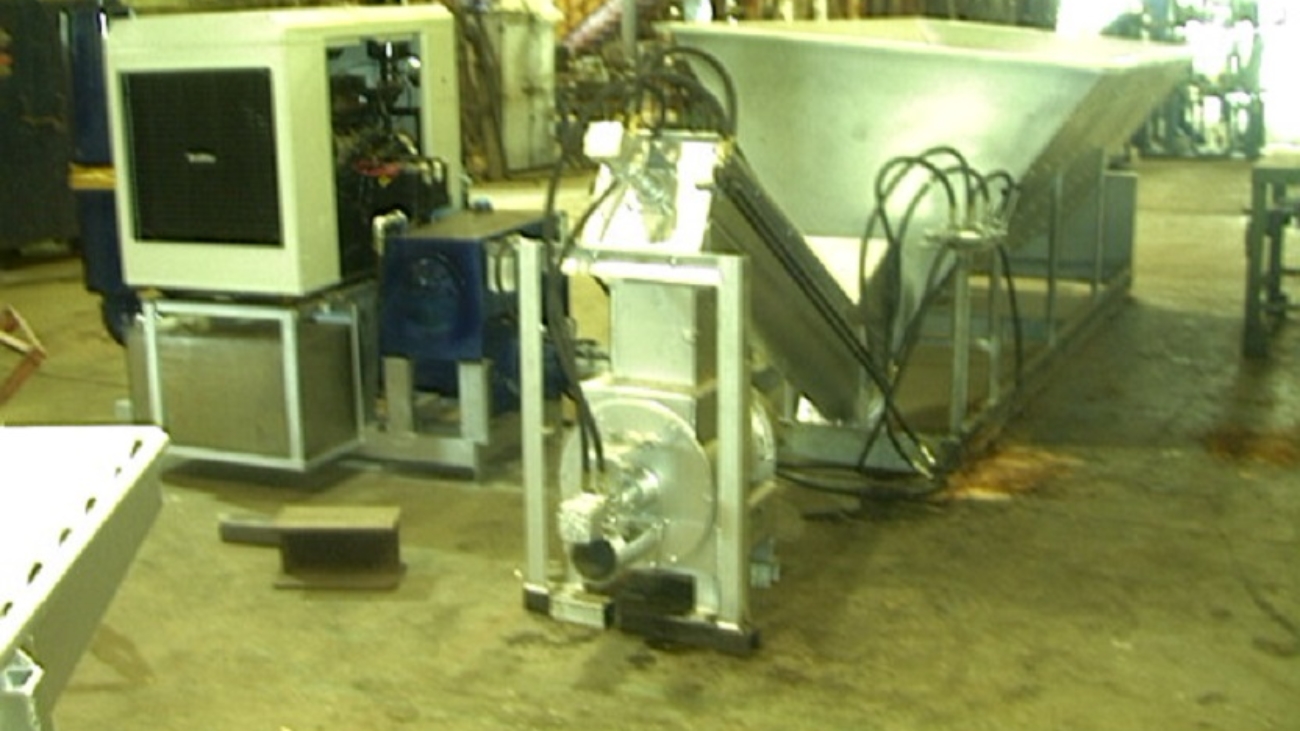Strawberries are known the world over for their sweet, succulent flavor, juicy texture, and brilliant red color. They are the ideal dessert after a meal, a perfect afternoon snack, or a great flavoring for pies, jams, jellies, compotes, ice cream, and more. However, for strawberries to live up to their lofty potential they must be handled carefully, cooled quickly and thoroughly, and not allowed to re-warm. What follows is a discussion of strawberry-related information, general facts about cooling and storage, and ideal cooling methods.
General Facts About Strawberries
Strawberries as we know and love them today were first cultivated in the 1750s in Brittany, France by crossing two wild varieties of strawberries: the Virginian strawberry, native of the United States, and the Chilean strawberry, native of Chile and Argentina. The cross proved quite fruitful indeed and resulted in what we now refer to as the garden strawberry or simply strawberry. Despite the name, strawberries are not true berries at all; instead they are aggregate accessory fruit, meaning that the tasty flesh is not from the plant’s ovary itself but rather the adjacent tissue. Other accessory fruits include pineapples, figs, and mulberries.
Strawberries are a common ingredient in countless desserts, preserves, cereal bars, snack products, juices, and other foods and beverages. They are a great source of vitamin C and manganese, and contain small amounts of essential unsaturated fatty acids crucial to a healthy diet. It is believed that strawberries might improve heart health, fight cancer, and help with inflammation, though research on these purported benefits is on going.
General Information About Cooling and Storing
Strawberries are a highly perishable fruit which pose a number of cooling and storage challenges. That is because they are highly sensitive to heat, moisture levels, and mishandling. Even under ideal circumstances they have a fairly limited shelf life. This makes it important to eek out every bit of saleable life span they have by optimizing the way they are cooled and stored. The following are key considerations:
Respiration – Like most other fruits and vegetables, strawberries respire and give off heat as a byproduct of this respiration. Unfortunately respiration rates are directly tied to degradation and over-ripening and these effects are only accelerated at higher temperatures. For comparison a ton of strawberries releases about 3,300 Btu per day at a temperature of 32°F; however, at a temperature of 80°F the same ton of strawberries would release a whopping estimated 41,800 Btu – nearly 13 times as much heat!
Humidity – Strawberries are extremely sensitive to humidity levels. They require a relative humidity in the range of 90% to 95%. If humidity levels are too low the strawberry will shrivel up, losing its taste and quality. On the other hand, if the humidity is too high water and moisture may form on the strawberry which exposes it to decay organisms such as gray mold and rhizopus rot. These pests are extremely communicable and will readily infest an entire container of strawberries from only one small initial source.
Temperature – To reduce respiration and extend strawberry shelf life as much as possible the fruit should be cooled rapidly to about 32°F to 34°F as soon as it is picked, and it is crucial that these temperatures remain constant. If the strawberries are allowed to rewarm they are subject to spoiling. However, the strawberry will freeze at 31°F, which will also damage it.
Handling – Strawberries are delicate and very prone to bruising and physical damage. Once they are damaged the weak spot becomes a site vulnerable to decay organisms and rapid spoiling. This makes it essential that strawberries be carefully harvested and packaged and that any damaged fruit be discarded rather than be allowed to remain with the good strawberries and spoil them.
Shelf Life – Even when conditions are optimal strawberries only have a shelf life of about 5 to 7 days. This makes it very important for strawberry operations to be as efficient as possible and for strawberry farmers to arrange potential buyers before harvest.
Methods of Cooling Strawberries
Because of the various challenging elements of strawberry cooling, storage, and handling strawberries have a limited number of options in terms of what cooling methods can be employed. Basic room cooling is not suitable because it is essential for strawberries to get their temperature down quickly, within 2 hours or less, after harvest. Room cooling would cool them too gradually. Hydrocooling is not suitable either because the water and moisture would make them more susceptible to threats from decay organisms like gray mold. Slush ice and packing ice would risk physical damage. That leaves strawberries with one viable cooling method: forced-air cooling.
Forced-Air Cooling – Forced-air cooling involves arranging the strawberries around a fan and pulling, rather than blowing, air through the containers. This thus forces cool air circulation and cools the strawberries much more quickly than non-forced air methods would allow. Once again because of the strawberries’ sensitivity to humidity levels it is important to monitor air moisture and ensure that the process doesn’t dry the strawberries out or allow condensation to form on them.
SEMCO/SEMCOLD LLC understands the unique challenges associated with strawberry cooling and storage. Our forced-air cooling systems are versatile and can be custom designed to fit each client’s particular capacity and scale demands.

